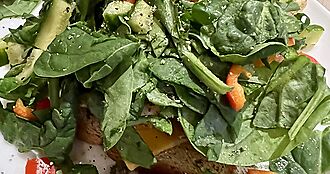Sedge
Sedge, Carex
Sedge foliage comes in green, blue, rust, bronze or gold, which allows the gardener to add broad strokes of color to the landscape.
Growing
Most sedges grow well in full sun or partial shade in moist, well-drained, neutral to slightly alkaline soil. ‘Frosted Curls’ prefers average to dry soil and is drought tolerant once established.
Stems can be cut to the ground in early spring before new growth occurs, or they can be “combed” to remove the older foliage. Propagate sedges by seed or division of clumps in mid-spring to early summer.
Tips
Use these plants in rock gardens, water features, containers and borders. The fine foliage of ‘Frosted Curls’ contrasts well with coarse-textured plants.
Recommended
There are many sedges available. C. buchananii (leatherleaf sedge) is a densely tufted, evergreen perennial with an arching habit and orange-brown foliage; C. comans ‘Frosted Curls’ (C. ‘Frosted Curls’; New Zealand hair sedge) is a compact, clump-forming, evergreen perennial with fine-textured, very pale green, weeping foliage that appears almost iridescent and has unusual curled and twisted tips; C. grayi (Gray’s sedge) has star-like seed heads and clumps of rich green leaves; C. plantaginea (seersucker sedge) has showy flowers and bright green leaves with many veins; C. siderosticha ‘Variegata’ (striped broad-leaved sedge) resembles a mass of narrow, 1" wide hosta leaves. C. texensis is a native commonly found in central Texas.
Features: interesting, colorful foliage; growth habit
Height: 6–36"
Spread: 24–36"
Hardiness: zones 5–9
Sidebar: “Sedges have edges,” the opening line to a classic gardener’s poem, points out that sedges, unlike true grasses, have triangular stems.


